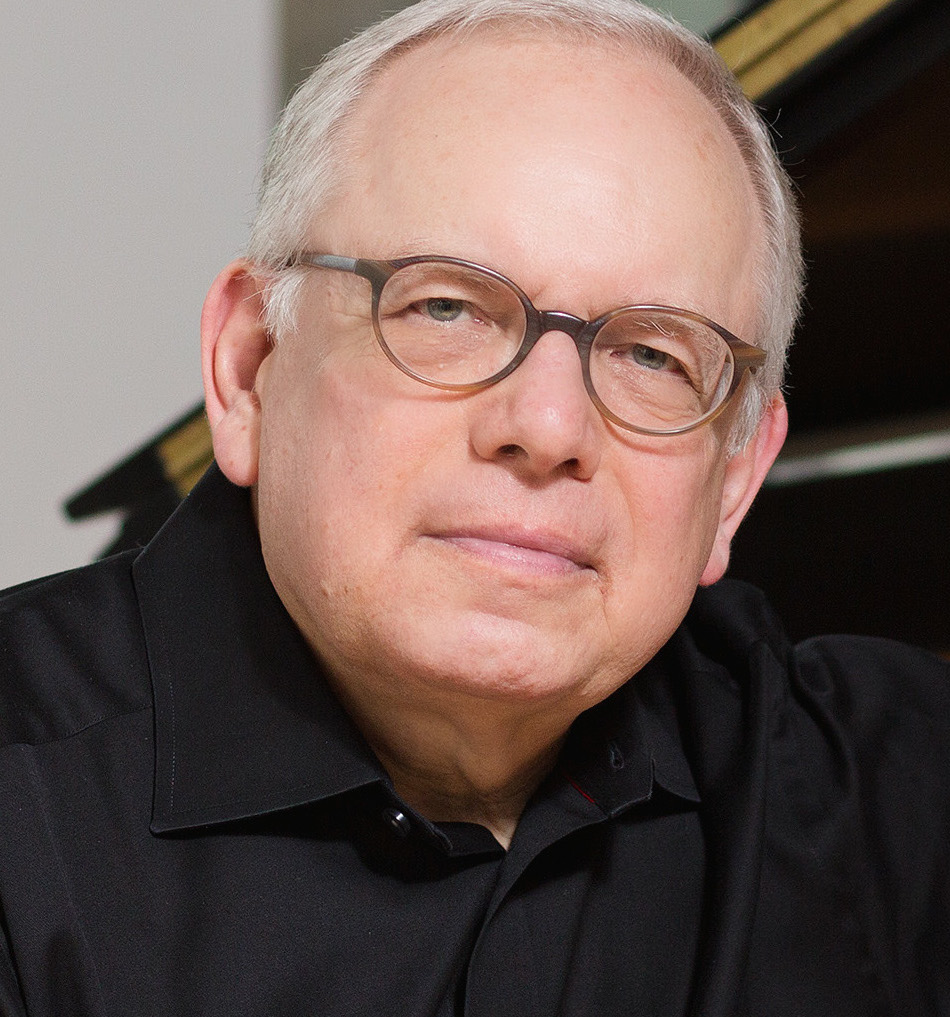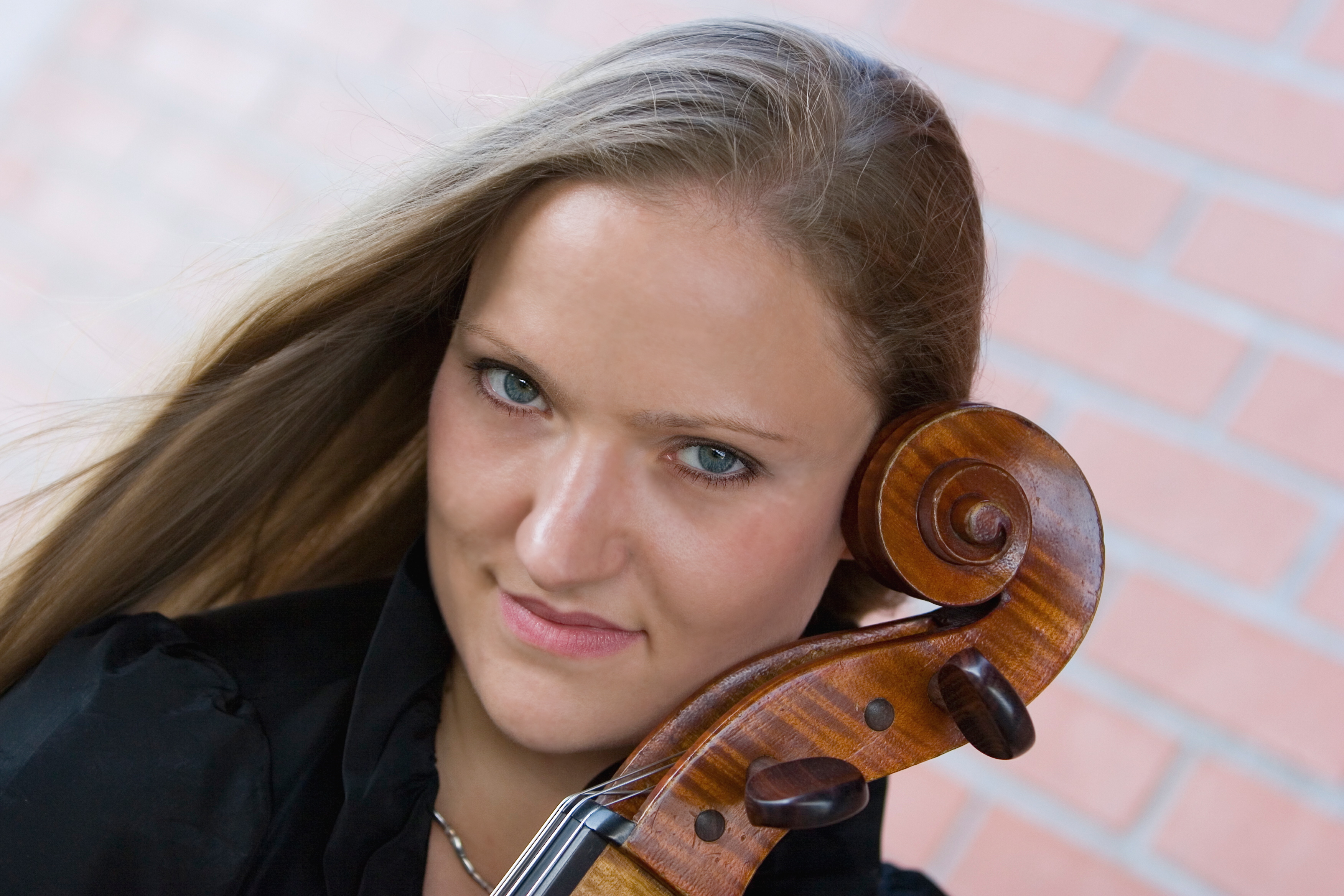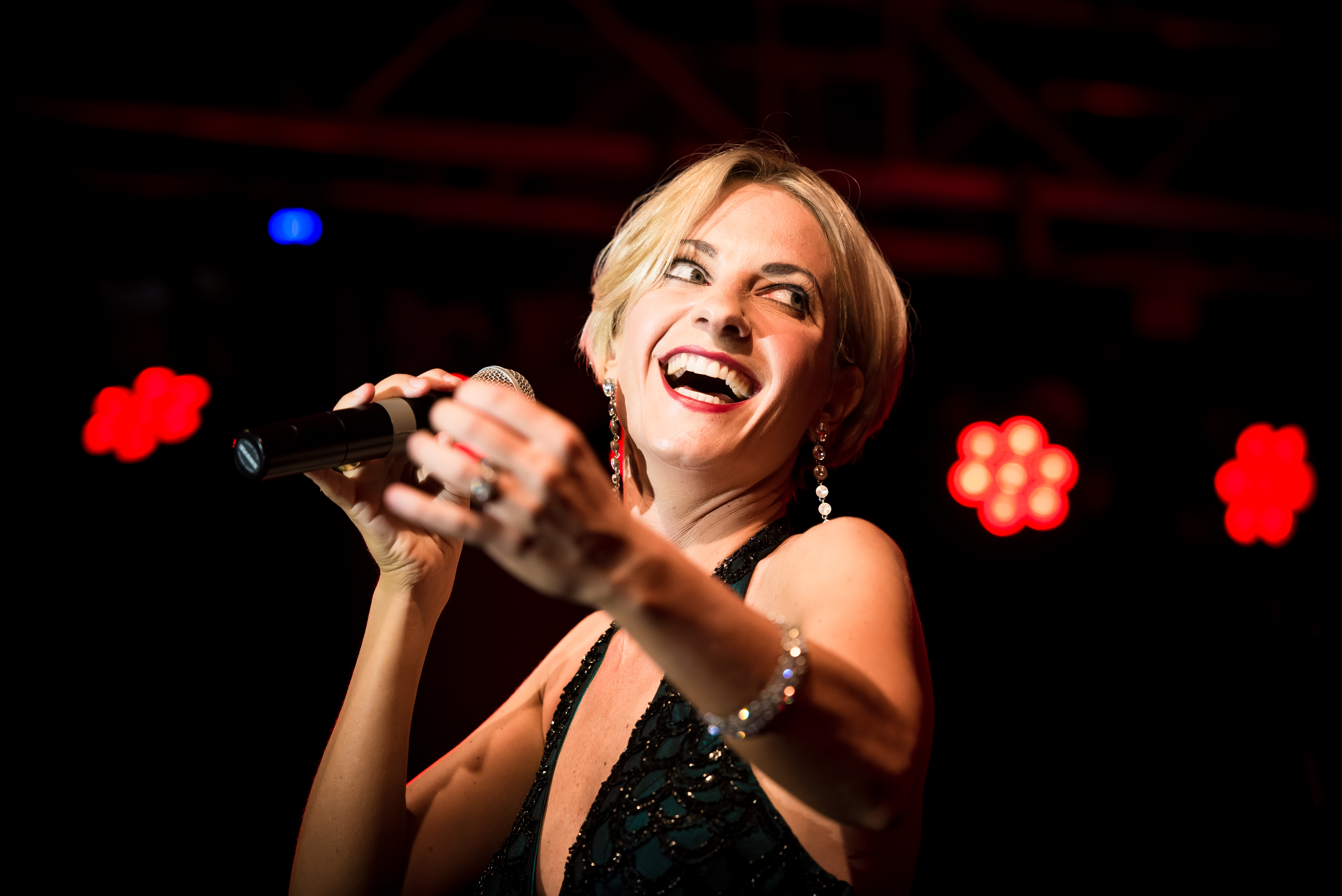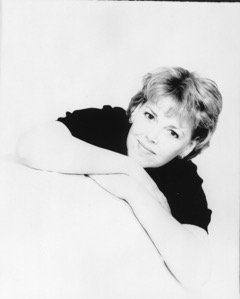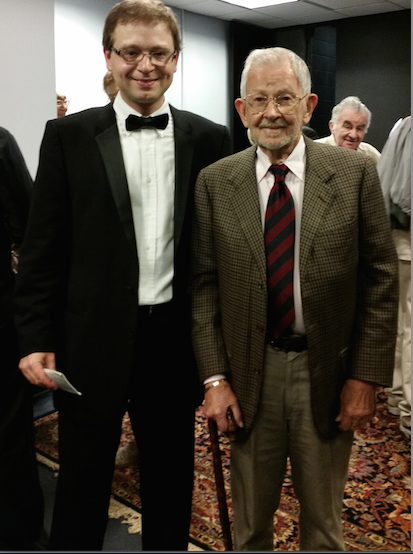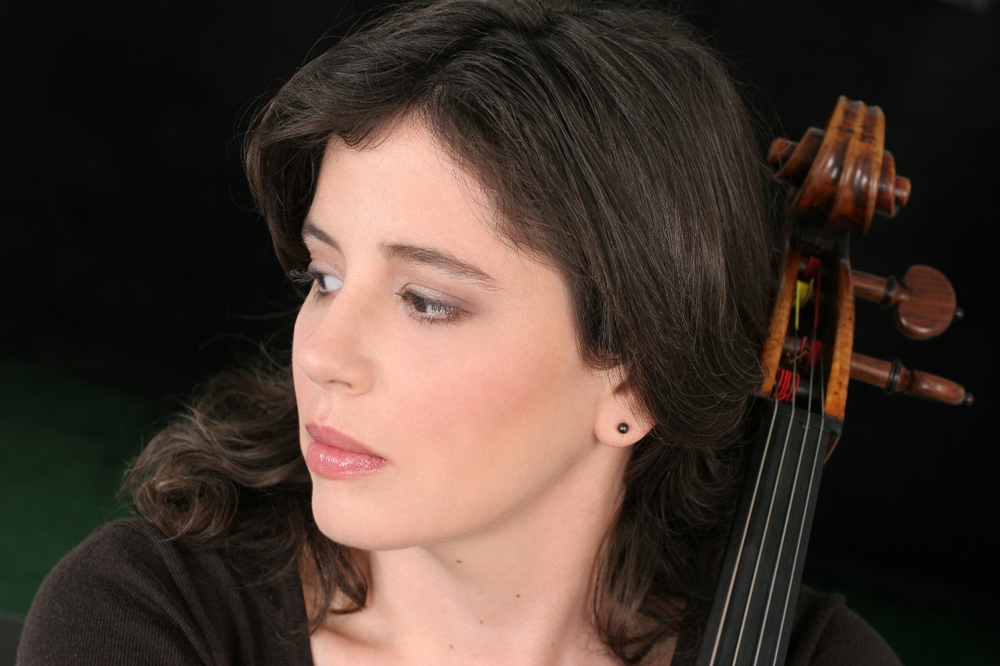The Ullmann Project-I
Dominique Hellsten, artistic director, soprano
Monica Niemi, soprano
Jason Plourde, Will Robinson, baritones
Craig Ketter, Matthew Odell, pianists
Paul Griffiths, musicologist, pre-concert speaker
Merkin Concert Hall, Kaufman Music Center, New York, NY
October 15, 2015
The Lieder (German art-song) recital is an endangered species. It depends on the enthusiasms of a small, hardy band of devotees: presenters, performers, and audiences. Happily, many of these devoted folk still exist, and they find each other somehow. That devotion was evident in this first concert (of three planned) of the Ullmann Project.
This recital was preceded by an intimate, informative talk by veteran critic Paul Griffiths, who neatly covered Ullmann’s biographical highlights with admirable coherence and concision. It’s a shame that only a handful of people chose to attend this crucial background informational talk.
Viktor Ullmann (1898-1944) was one (unfortunately among many) of the creative artists to lose his life from the genocidal aktions of the Nazis during WWII. Ullmann’s parents were Jewish, but converted to Catholicism. Ullmann later converted from that to Protestantism, and then to his most meaningful attachment: Anthroposophy. Nevertheless, in the Nazi scheme of things, having Jewish parents (even just one), converted or not, was a one-way ticket to the extermination camps.
Ullmann was first transported to the infamous Terezín (which the Germans called Theresienstadt) “show-camp,” where the Germans used to parade through visiting humanitarian groups such as the Red Cross, as if to say “See? Look how WELL we treat our prisoners,” an irony that is as chilling now as ever. Theatricals, music, painting, all took place within the barbed-wire walls of the camp, supervised by the watchful eyes of the Nazi guards and officials, always on the lookout for subversive messages perhaps sneaked into the works. But who would such messages ever have reached anyway? In the late, defeatist days of the regime, Ullmann was moved to Auschwitz-Birkenau, where he perished October 18, 1944.
My task as critic is 1) to evaluate the performances and 2) perhaps render some sort of comment on the material itself. The performances were uniformly committed, and in some cases very stylish. I’d venture to say (with due respect for Ullmann’s quite original “kaleidoscopic” compositional style) that perhaps some of the gems would have been better set off in a more varied program (whether language, or style-period), for there was quite a bit of sameness within the late-Romantic language(s) employed by the four composers on the program. I understand the desire, however, to contextualize Ullmann: mission accomplished.
The program began with six Lieder to poems by Albert Steffens. Steffens was an interesting figure who took over the Anthroposophic Society after the death of its founder Rudolf Steiner. As explained by Dominique Hellsten, Ullmann was insistent that his poets have some sort of “moral” core or sensibility. In these songs, soprano Monica Niemi sang with a clear bright sound, negotiating the often difficult wide-ranging vocal lines well, but with a diction that, while it may have been academically correct, sounded indistinct even in the smallish hall. These songs, as with most of them on this program, strain at the outer bounds of what might be considered true “Lieder” style, verging on an operatic mode of expression, not that that’s always bad (witness the songs of Richard Strauss).
Craig Ketter, her collaborative pianist, produced some of the most satisfying sounds I have heard in decades from a vocal accompanist. In fact, both pianists in the evening were superb, the other being Matthew Odell. Their lavish colorings and total mastery of the often-thick piano writing were marvels to behold.
Ms. Niemi continued with Erich Wolfgang Korngold’s “Farewell Songs,” which contain a translation of Christina Rossetti’s “When I Am Dead, My Dear.” Korngold, a child prodigy, wound up in Hollywood, where he found his true calling as a master creator of film music. The ripe harmonic language sounded a bit overdone here, my limitation I’m sure.
Then came two of the five songs by Alexander Zemlinsky (Arnold Schoenberg’s and Korngold’s teacher) to poems by Richard Dehmel (the poet of Schoenberg’s Verklärte Nacht). Will Robinson, baritone, accompanied by Mr. Odell, had fewer of the diction issues, but both he and Ms. Niemi could have benefitted from a greater variety of expression, less “seriousness” in the face, and more frontal placement of vowels for clarity.
Mr. Robinson continued with the six songs to Rilke poems by Petr Eben, who died only recently, in 2007. This was a very interesting group musically, and it was well done by both Robinson and Odell.
After intermission, things heated up with the Tanzlied of Pierrot from Korngold’s well-known opera Die Tote Stadt (The Dead City), composed when he was twenty-three. Jason Plourde, baritone, had a lovely warm sonority that suited the material, and the best diction thus far of the evening. My only quibble was a peculiarity of his rendering of the “motto” of the aria, the four words “Mein Sehnen, mein Wähnen,” which lacked nostalgia, and resolution of the final, unaccented syllables of “Sehnen” and “Wähnen,” where the vowel was far too open.
Mr. Plourde followed with three more songs by Ullmann, to texts by Swiss poet and historian of the Italian medieval and renaissance periods Conrad Ferdinand Meyer, that were vividly characterized.
If I appear to be dwelling on diction, it is because it really is of the essence to the art of the song recital. Not that we ever want to suffer from “diction-face,” but there is a subtle art of creating the proper aural illusions that will reach the audience and create the result of a good rendering of the text, together with beautiful vocalization. It should never be just one “or” the other.
And so, we come to the motivating force behind this Ullmann Project: soprano Dominique Hellsten. She sang eleven songs to conclude the program: six by Zemlinsky and five by Ullmann. In Ms. Hellsten, we found exactly that quality of expression that had been only partially realized previously in the recital: a true idiomatic command of the German language not separated from her singing. Even when her voice was perhaps straining at some of the demands being put upon it by the material, we never doubted her conviction, and she had the most relaxed posture and wide range of expression. She explained, in a brief verbal program note, how much the Ullmann songs to Ricarda Huch’s poems mean to her, ever since she discovered them in London some years ago. She brought that deep understanding that comes from having lived with the material, and again Craig Ketter worked magic with the very busy piano parts, with never a chord out of place or unbalanced.
As Ullmann himself said: “By no means did we sit weeping on the banks of the waters of Babylon. Our endeavor with respect to arts was commensurate with our will to live.” We look forward to the second and third installments of this series.
by Frank Daykin for New York Concert Review; New York, NY

